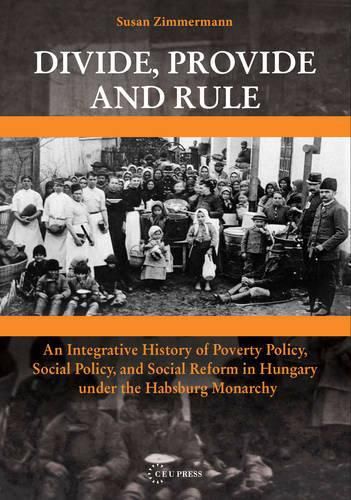Readings Newsletter
Become a Readings Member to make your shopping experience even easier.
Sign in or sign up for free!
You’re not far away from qualifying for FREE standard shipping within Australia
You’ve qualified for FREE standard shipping within Australia
The cart is loading…






Brings together the analysis of older, mostly local welfare policies (including their legal framings and their change over time) with the history of social policy developed by the state and operated at a national level. Explores also the interaction of various layers of and actors in welfare policy, i.e. of poor relief, social reform policies and the unfolding welfare state over time, including often neglected elements of these policies such as for instance protective policies at the work place, housing policy, child protection, and prostitution policies. Making innovative use of legal, quantitative, and other material, the author describes how policies of inclusion into and exclusion from access to social insurance coverage shaped social relations within and beyond the world of work. The study demonstrates how definitions of what constituted need have served historically to produce divergent visions and treatment of male and female poverty, and how these historical biases have continued to shape and biased the conceptual apparatus of research into the history of welfare and social policies.
$9.00 standard shipping within Australia
FREE standard shipping within Australia for orders over $100.00
Express & International shipping calculated at checkout
Brings together the analysis of older, mostly local welfare policies (including their legal framings and their change over time) with the history of social policy developed by the state and operated at a national level. Explores also the interaction of various layers of and actors in welfare policy, i.e. of poor relief, social reform policies and the unfolding welfare state over time, including often neglected elements of these policies such as for instance protective policies at the work place, housing policy, child protection, and prostitution policies. Making innovative use of legal, quantitative, and other material, the author describes how policies of inclusion into and exclusion from access to social insurance coverage shaped social relations within and beyond the world of work. The study demonstrates how definitions of what constituted need have served historically to produce divergent visions and treatment of male and female poverty, and how these historical biases have continued to shape and biased the conceptual apparatus of research into the history of welfare and social policies.